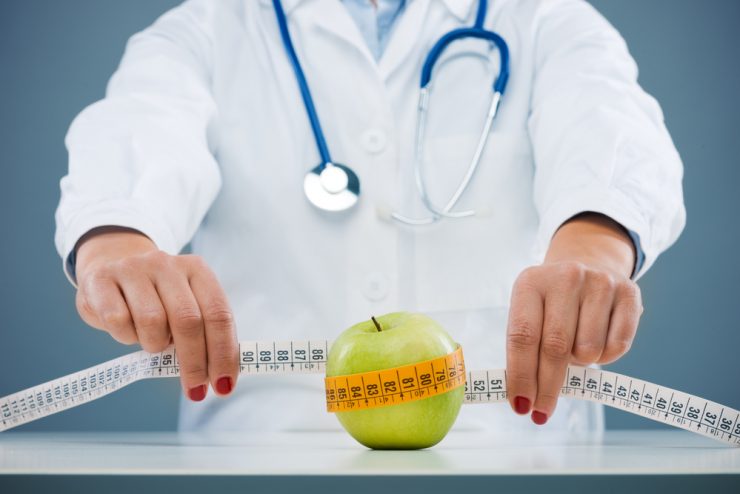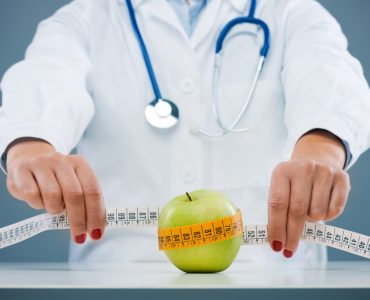Endometriosis is a condition in which cells that usually are found in the womb’s lining are found elsewhere in the body. These cells may be found anywhere in the body, but they usually occur in the ovaries, fallopian tubes, bowel, intestines, bladder, vagina, and rectum. Even though the cells are outside the womb, they still behave the way they would in the womb. Each month they grow, and then they shed blood. Because the resulting tissue has no way to exit the body, it builds up, causing pain, swelling, and bleeding.
While a diet cannot cure endometriosis, it can go a long way toward minimizing pain. Removing refined carbohydrates and processed foods from the diet is the first step. For many women with endometriosis, the next step may be to remove wheat. Endometriosis has been associated with gluten sensitivity, and the removal of wheat has led to relief for many women. Gluten is found in wheat (including semolina, durum, farina, and graham flour), barley, and rye. Any foods with these ingredients should be avoided in a gluten-free diet.
Supplementation is important, as well. Several vitamins actually help with pain relief: vitamins C, E, B1, B6, and B12. Essential fatty acids also are important because they help with inflammation. These include omega-6 from linseed oil, omega-3 from fish oil, and evening primrose oil. When adding essential fatty acids via supplementation and diet, try to reduce and eliminate food items containing trans-fatty acids and saturated fats, like meats. Magnesium also has been shown to help with inflammation, and relaxes the muscles in the uterus and bowel, helping to reduce pain.













